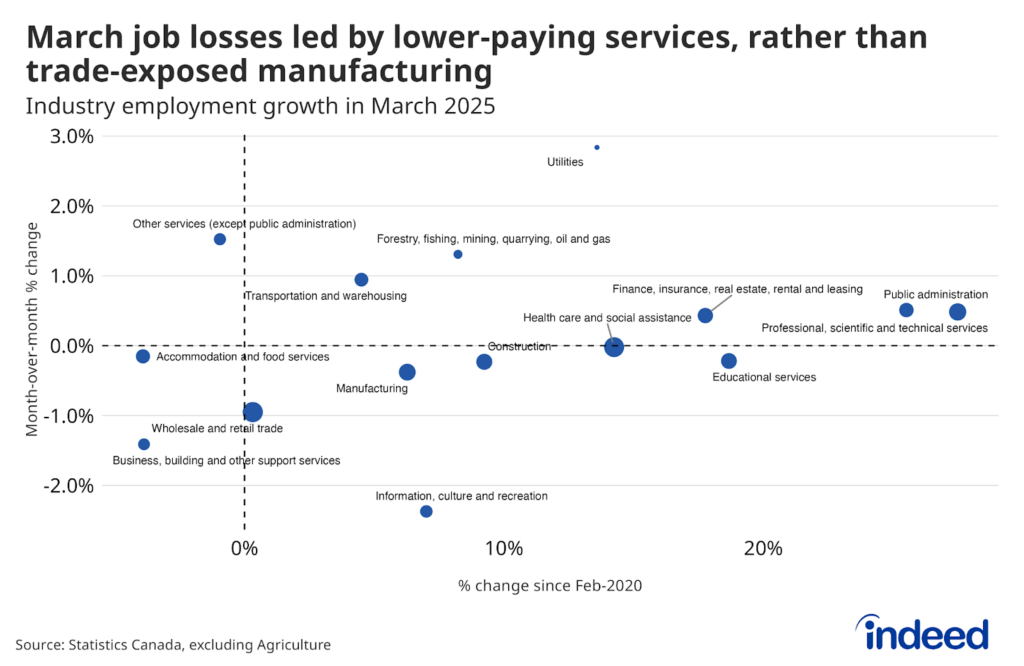The second wave of the pandemic made a clear imprint on the Canadian labour market as 2020 came to a close. Vulnerable parts of the service sector, namely accommodation and food services, as well as arts and recreation, started to slide in October, and in December were joined by “other services,” which include areas of personal care, like hair salons. At the same time, the setback to overall employment wasn’t too severe, in part because sectors not as directly exposed to the pandemic continued to add jobs.
This balance will once again be tested in the January Labour Force Survey (LFS). Restrictions on activities have been expanded to new regions since the early-December LFS reference week, while COVID-19 cases in some provinces surged after the holidays. As a result, employment in pandemic-exposed services could take another hit.
A key question is whether they’ll be joined by other areas of the economy, namely retail and wholesale trade. Canada-wide employment in the retail and wholesale industry ticked up in December, building on solid gains over the first part of the recovery, despite restrictions on in-store shopping in the Toronto area implemented in late-November. With the holiday shopping season over, and these rules expanded to the rest of Ontario, what happens to retail jobs bears close attention, especially given the industry’s overall size.
Overall, there are a number of reasons for optimism about the Canadian labour market this year, namely the eventual roll-out of vaccines, and the solid rebound in employer job postings on Indeed from their lows last spring. Unfortunately, these tailwinds are still on the horizon, as Canadians trudge through the rest of the winter.






